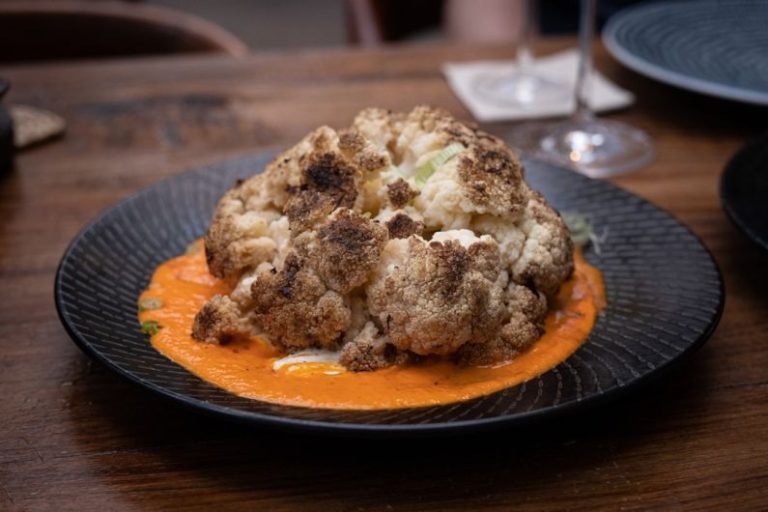
Preserving Culinary Heritage in Steakhouses
As the culinary world continues to evolve and adapt to changing tastes and trends, steakhouses stand out as bastions of tradition and heritage. These establishments not only serve up delicious cuts of meat but also play a crucial role in preserving culinary traditions that have been passed down through generations. From the way they source their ingredients to the cooking techniques they employ, steakhouses are dedicated to upholding the rich culinary heritage associated with the art of cooking and enjoying a good steak.
The Importance of Ingredient Sourcing
One of the key ways in which steakhouses preserve culinary heritage is through their commitment to sourcing high-quality ingredients. Many steakhouses pride themselves on working closely with local farmers and butchers to ensure that they are using the best cuts of meat available. By prioritizing locally sourced ingredients, steakhouses not only support their communities but also help to preserve traditional farming practices that have been passed down for centuries.
In addition to sourcing locally, steakhouses also place a strong emphasis on the quality of the meat they serve. Many steakhouses opt for grass-fed or pasture-raised beef, which not only results in a more flavorful and tender steak but also aligns with traditional farming practices. By choosing to work with suppliers who prioritize animal welfare and sustainable farming methods, steakhouses help to ensure that these practices are preserved for future generations.
Traditional Cooking Techniques
Another way in which steakhouses preserve culinary heritage is through the use of traditional cooking techniques. While modern advancements in cooking technology have made it easier to prepare a steak, many steakhouses choose to stick to time-honored methods that have been used for centuries. From dry aging their beef to grilling over an open flame, these techniques not only result in a superior steak but also pay homage to the culinary traditions of the past.
Dry aging, in particular, is a technique that has been used for centuries to enhance the flavor and tenderness of meat. By allowing the beef to age in a controlled environment for an extended period, steakhouses are able to develop complex flavors and tenderize the meat, resulting in a truly exceptional dining experience. While this process requires time and patience, the end result is a steak that is unmatched in both flavor and texture.
Preserving Dining Rituals
Steakhouses also play a role in preserving the dining rituals and traditions that have long been associated with enjoying a good steak. From the way the steak is presented to the tableside service provided by many steakhouses, these establishments are committed to creating an experience that is steeped in tradition and history. By upholding these dining rituals, steakhouses help to ensure that the cultural significance of enjoying a steak dinner is not lost in an era of fast food and convenience.
In addition to the dining experience itself, steakhouses also pay homage to the history of steak consumption through their menu offerings. Many steakhouses feature classic dishes that have been enjoyed for generations, such as steak tartare or beef Wellington. By including these traditional dishes on their menus, steakhouses give diners the opportunity to experience the flavors and textures that have stood the test of time.
Preserving Culinary Heritage for Future Generations
In a world where culinary trends come and go, steakhouses stand out as beacons of tradition and heritage. By prioritizing high-quality ingredients, traditional cooking techniques, and preserving dining rituals, steakhouses play a vital role in ensuring that the culinary heritage associated with enjoying a good steak is passed down to future generations. Whether you’re a steak enthusiast or simply appreciate the art of traditional cooking, dining at a steakhouse is a delicious way to experience the rich culinary history that has shaped our palates for centuries.





